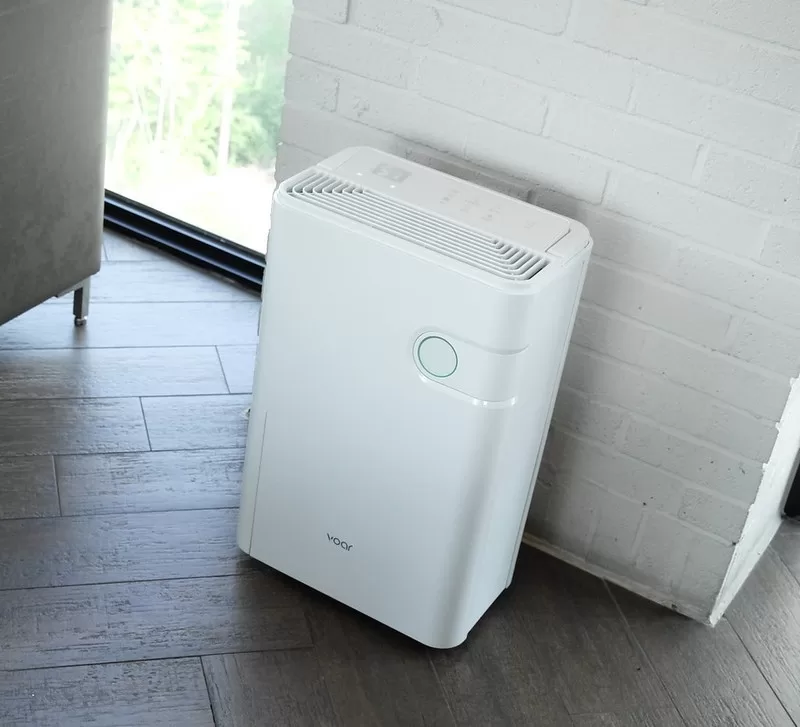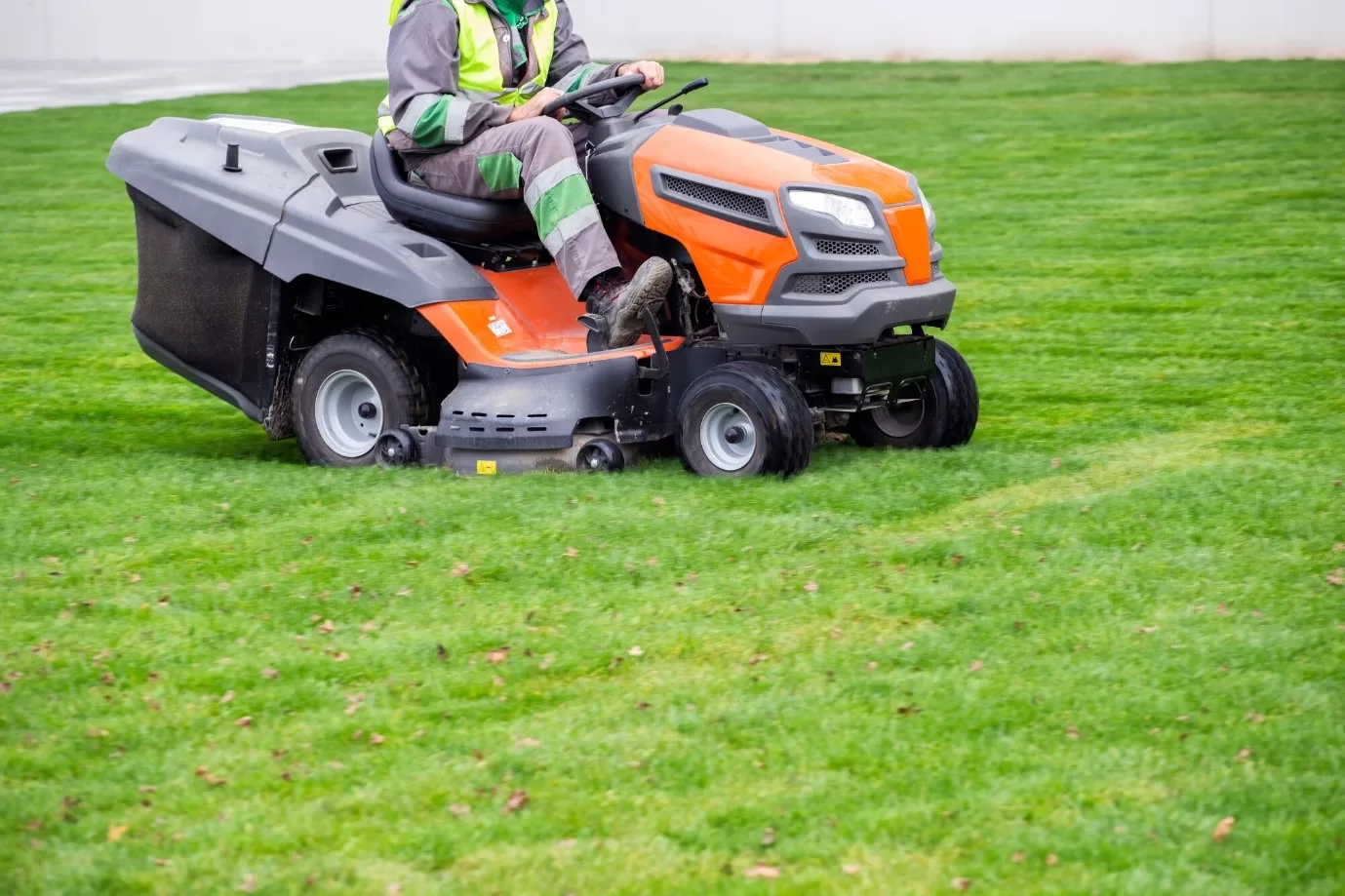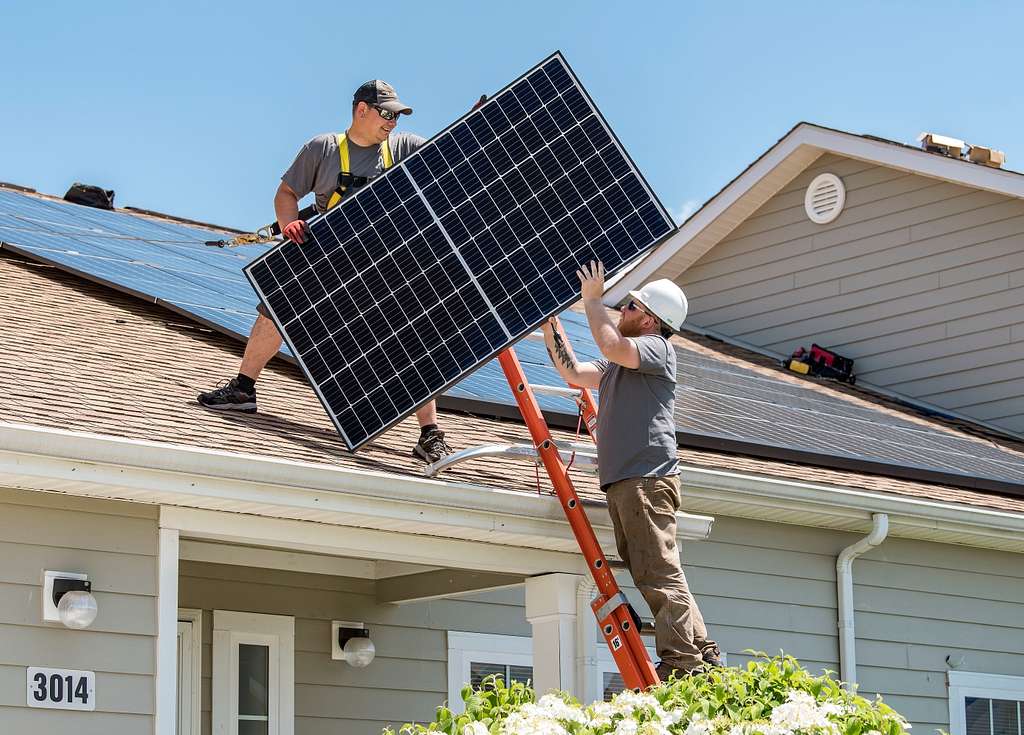With so many air purifiers on the market, it can be hard to choose which one is right for you.

It’s essential to remember that not all of them are created equal, different types feature distinct technologies designed specifically for cleansing your breathing space. So, take a breath, and don’t forget to read up before you purchase an air purifier.
Understanding the air purifier that best fits your needs is key, so let’s explore five of the most widely used varieties. From HEPA filters to activated carbon and beyond, each type has its own advantages to discover which one works for you. Nowadays, Triad Aer Purification is mostly used in Florida and the complete USA as well.
HEPA Technology
HEPA is a trusted filtration technology that has been used for decades to effectively combat incredibly small enemy particles measuring 0.3 micrometers or less, too tiny for the human eye to even detect. In fact, these filters must meet impeccable standards of trapping at least 99.97% of such particles in order to be deemed HEPA certified.
All manner of airborne contaminants including chemicals, bacteria, and viruses can rest assured they’ll remain trapped within its purifying grip. HEPA filters are an invaluable part of creating a cleaner, healthier space; they not only trap potentially dangerous air particles like mold and bacteria but also avoid releasing any hazardous byproducts into the environment.
HEPA filters are specially designed to trap and remove airborne particles, such as dust, pet dander, and pollen. To achieve this, they make use of a complex accordion-like structure consisting of fine fiber materials that create an intricate maze for air passing through the filter.
This labyrinthine design ensures efficient filtration without compromising on airflow within the purifier fan system allowing it to ultimately cleanse your home’s air supply from any unwanted irritants.
HEPA air purifiers are renowned for their ability to capture microparticles in the air, but they don’t do much when it comes to removing odors or hazardous chemicals. To tackle this issue, most HEPA systems incorporate activated carbon-based material that absorbs offensive smells and pollutants which would otherwise pass-through traditional filtration methods.
Read Also:
Activated Carbon Technology
For well over a century, activated carbon has been used as an essential element in consumer and industrial applications ranging from water purification to gas mask filters. Its highly porous structure and expansive surface area help it absorb contaminants effectively.
The versatile material truly is part of history having served military personnel during World War I with air and water filtration solutions. Activated carbon filters are highly effective air purifiers, using molecular-sized pores and powerful chemical bonding to capture the most stubborn pollutants.
This impressive combination of properties works together to safely trap emissions, smoke, and odors without recirculating them back into indoor spaces making these innovative tools ideal for keeping your home or office clean and fresh.
For those with Multiple Chemical Sensitivity (MCS), air purifiers containing activated carbon filters are an invaluable ally for creating a more breathable environment, free from the formaldehyde lurking in furniture and carpeting. These powerful devices also filter out other common gasses emitted by perfumes or household cleaning items ensuring safety, especially for asthma sufferers, infants & young children, and seniors alike.
UV Technology
Air purifiers utilizing UV technology are an effective tool against dangerous germs and pathogens. As these microscopic organisms pass through the device, they become permanently inactivated by the ultraviolet rays emitted from a specialized lamp.
Combined with particulate filter systems, this advanced method of air cleaning offers one of the most reliable defenses available to protect us from harmful contaminants. UV air purifiers are a powerful way to keep your home free of pollutants and contaminants. A specialized UV light targets molecules like oxygen, water, or ozone in order to break down harmful agents into harmless components such as carbon dioxide and water.
Careful monitoring is key for these systems; wattage levels must be checked regularly according to the manufacturer’s instructions so that only necessary amounts of additional substances like ozone come into contact with indoor air quality.
Negative Ion
Negative ion air purifiers use a unique process to eliminate unwanted particles from the atmosphere. By introducing negative ions, which are oxygen atoms with an added electron, into the environment these devices can magnetically attract airborne pollutants such as pollen and dust until they become too heavy to remain suspended in midair.
This causes them to fall onto solid surfaces like windows or walls before being effectively removed from your space leaving you breathing easily. With the rapid advancements in technology, some air purifiers appear to be more advanced than others.
However, in reality, these negative ion air purifiers are not as effective as they seem merely covering up polluted air instead of really cleaning it due to their lack of ability for absorbing and disposing of hazardous contaminants.
Ozone
Ozone air purifiers have stirred up debate in the health community due to their purported ability to control indoor air pollution. Despite claims of safety, research has revealed that exposure may induce asthma symptoms and even scar lungs at high concentrations, prompting no federal agency approval for these devices.
With the abundance of ozone air purifiers on the market, it’s important to note that most takes months or years for ozone gas itself to react with common indoor chemicals. Additionally, these devices lack particle filtration and simply mask odors instead of leaving your home truly clean.
Studies show concentrated levels above health standards may inhibit certain types of bacteria growth but won’t entirely eliminate pollutants from our environment without further action. The purpose of using air purifiers is to improve your indoor air quality.









